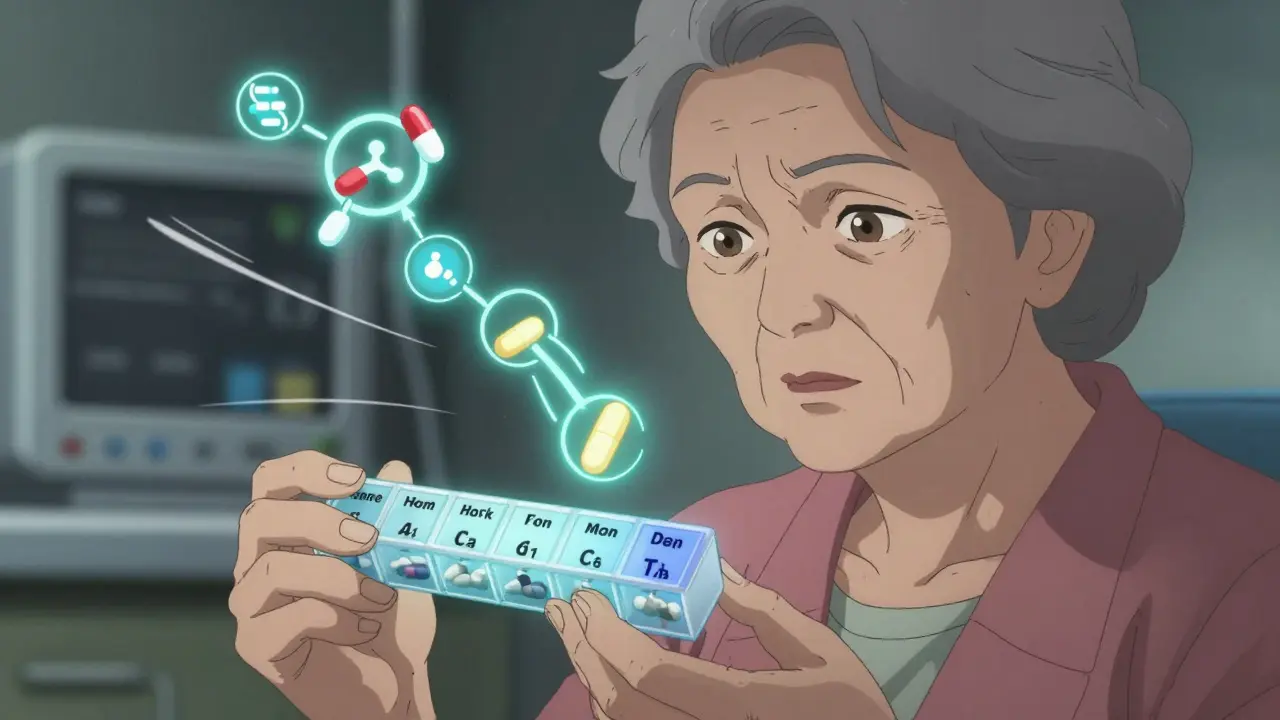Sublingual tablets: fast, simple meds under the tongue
Ever needed medicine that works fast or when swallowing is impossible? Sublingual tablets sit under the tongue and dissolve, sending the drug straight into your bloodstream through tiny blood vessels. That bypasses the gut and liver, so effects often start sooner and stronger than a swallowed pill.
Common sublingual drugs include nitroglycerin for chest pain, some forms of buprenorphine for opioid dependence, sublingual vitamin B12, and certain allergy or migraine treatments. Some tablets are true sublingual formulations designed to be absorbed by the mouth lining; others are orally disintegrating tablets (ODT) that dissolve on the tongue but work mainly after swallowing. Always use the form your prescriber or pharmacist gives you.
How to take them correctly? Sit upright, place the tablet under your tongue, and let it fully dissolve. Don’t chew, swallow, or move it around. Avoid eating, drinking, or smoking for 10–15 minutes after it dissolves so absorption isn’t reduced. If your mouth is very dry, wet it slightly first — but don’t wash the tablet away.
Why pick sublingual over regular pills? Speed. For emergencies like angina, sublingual nitroglycerin can relieve pain in minutes. It is also useful when nausea or vomiting makes pills impractical. Also, sublingual delivery can reduce the dose needed because less drug is lost to first‑pass metabolism.
Watch for downsides. Some medicines taste bitter or cause a tingling or numb feeling under the tongue. Not every drug can be given this way — only those formulated for mucosal absorption. If you have dry mouth, severe mouth sores, or problems with saliva, sublingual absorption may be unreliable.
Safety tips: never split or crush a tablet unless the leaflet or your pharmacist says it’s okay. Use the exact product your doctor prescribed — a crushed regular tablet won’t absorb the same. Keep sublingual tablets in their original packaging, away from heat and moisture. If a nitroglycerin tablet looks damaged or won’t dissolve, replace it — potency falls over time.
Drug interactions matter. Because sublingual drugs can act quickly and strongly, drugs that lower blood pressure or interact with opioids can make effects unpredictable. Tell your prescriber about all medicines, supplements, and recreational drugs you use.
When to call for help? If you use prescribed nitroglycerin and chest pain doesn’t ease after the recommended doses, seek emergency care. If you notice severe allergic reactions, fainting, sudden breathing trouble, or other alarming symptoms after a sublingual dose, get urgent medical attention.
Want to learn more about a specific sublingual medicine? Ask your pharmacist which form you have, how fast it should work, and what side effects to expect. A quick chat can save time and prevent mishaps.
Quick checks before sublingual use
Check the label for 'sublingual' or 'place under tongue.' Ask whether it’s an ODT or a true sublingual tablet. Tell your prescriber about inhalers, patches or other fast meds to avoid overlap. For kids or older adults, ask a pharmacist to show the correct placement before first use.
Nitroglycerin Sublingual Tablets: Your Go-To for Saving Lives in Heart Emergencies
When chest pain strikes, nitroglycerin sublingual tablets can be a quick lifesaver. These tiny tablets work by dissolving under the tongue, quickly opening up your blood vessels to improve blood flow. It's important to know how to use them properly, as they act fast to relieve angina and can prevent a heart attack. With the right know-how, these tablets are a crucial tool in managing heart conditions, offering peace of mind and control over unexpected symptoms. Dive into the workings, benefits, and vital tips on handling these tablets safely.




